15 Stories That Prove the Supermarket Checkout Is a Free Comedy Show

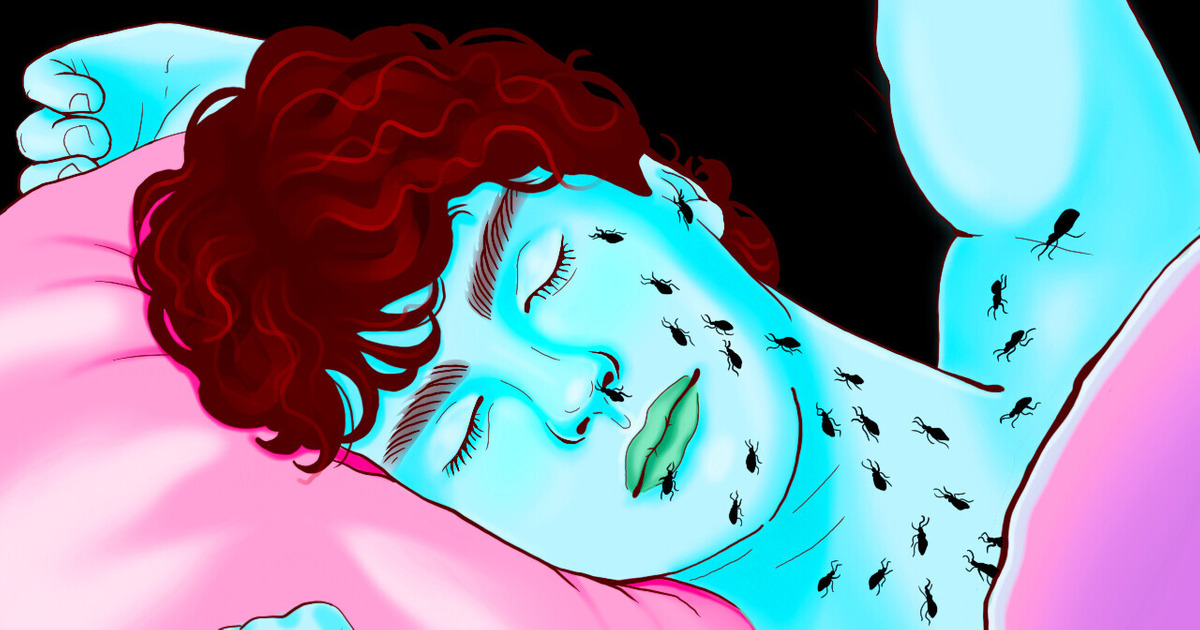
You think your bedroom is empty, but there’s something hidden inside. Secretly a bed bug is resting. While inactive during the day, their keen instincts identify the moment you’ve gone to bed, as you breathe deeply you emit large amounts of carbon dioxide. This lures the bed bug out, like a dinner bell.
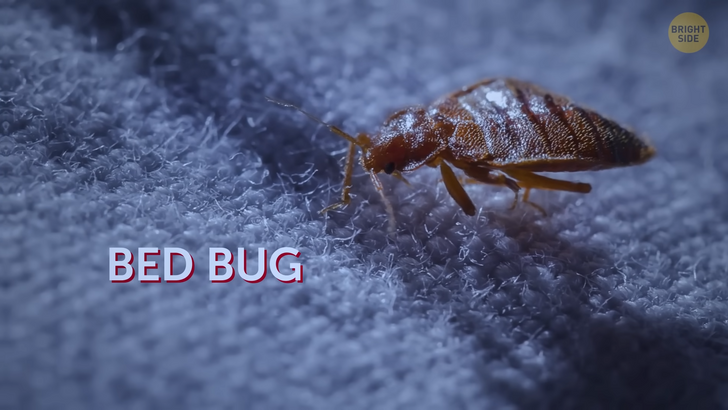
This insect holds no other purpose than contaminating your home. Without predators and with an uncontested food supply in your bed, it leads a very peaceful life. They’re incredibly hardy, able to live within any area that humans journey to. They’re capable of hitchhiking on human luggage and riding along to public places like theaters, hospitals, schools, and hotels. The length of the journey doesn’t bother them, as they can survive for a whole year without food.
Don’t bother attempting to catch them. As small as they are at a ¼ inch, they’re also very fast and easily find new places to hide. The only method is through pesticides. But as a testament to their resistance, pest controllers must constantly modify the strength of their substance. Bed bugs produce their own detoxifying enzymes which protect them.
And with each generation, they become even more resilient. A study in 2008 compared bed bugs of that time to a generation from 30 years earlier. The older generation required only 0.3 nanograms of substance to remove them. However, the newer group required up to 10,000! More important is to remove their eggs. A female bug lays them every single night. And throughout their lifetime of 6 months, they can lay up to 500!
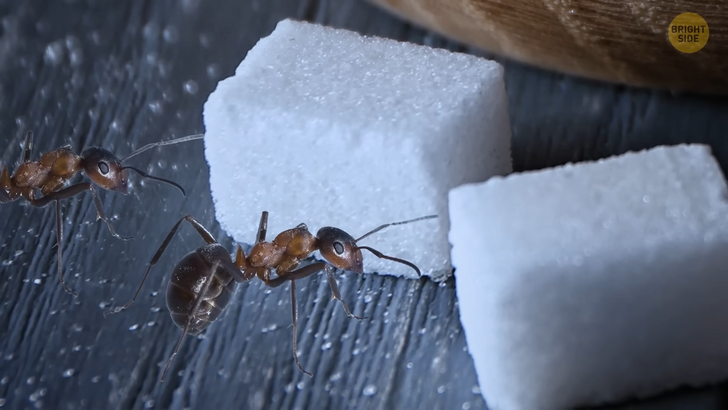
You walk around the kitchen, and you notice a couple of Ants walking around. It’s spring, and at this time of year, they prefer protein-based foods. Later in summer, their diet will involve sweeter and oily meals. These couple of Ants are only scouts, trying to locate a new source of food. The smells of a dirty kitchen and a full bin have attracted them here.
Once they’ve found their objective, they will mark their journey with a pheromone leading to their nest, informing the entire colony of the buffet they located. The nest of the colony could be as small as a dinner plate with one thousand ants, or as large as 2 meters with up to 100 thousand inhabitants! There are also some cases of super colonies that combine more than one nest. The largest one found covers over three countries, Italy, France, and Spain. Over 3,700 miles, it’s estimated that this super colony has millions of nests, with billions of ants!
So, understanding the risk of A LOT of ants entering your home, you can easily remove the scouts’ tracks by mixing 1 part vinegar and 3 parts water into a spray bottle. Then spray it over the floor. The vinegar removes the scented trail. The risk isn’t just sharing your home with thousands of new housemates. With a steady food source available, they might make a nest within the walls and floors. They will weaken your foundations, making it even harder to remove the ants.
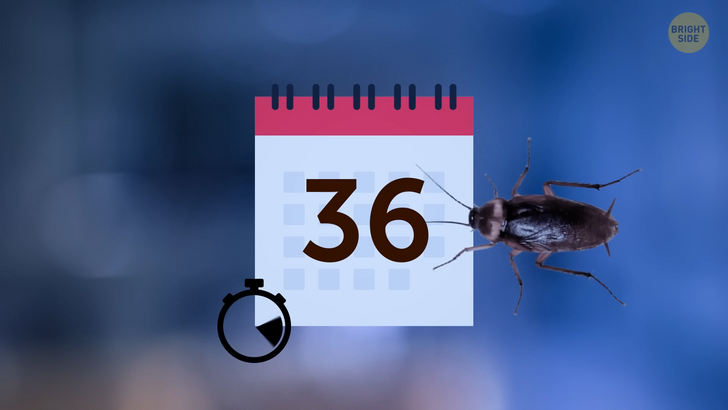
Another pest that has a taste for the sweeter delicacies within the trash bin, is the cockroach. They can only survive a week without water, so you’ll find them in humid areas, mainly in basements. But they are capable of living up to a month without food, resourcefully eating, to avoid the risk of being caught in the act. They gained these evolutionary traits over 280 million years ago.
Clearly, they’ve been a nuisance for a long time. You see one in your kitchen, it quickly evades capture, running up to 3 miles per hour. You chase it down into your basement, and it quickly hides away, somewhere in the cracks of the wall. In here the roach mother will lay up to 50 eggs, and when they hatch, the young ones are impossible to find, as they’re the size of a speck of dust!
But with only 36 days until they grow into an adult, you need to get rid of them as soon as possible. It’s another resilient bug that resists pesticides, it’s easier to deter them completely by keeping the kitchen clean, and using citrus-based products. Although they smell great, the roaches can’t stand them. But if you already have an infestation on your hands, chop up some onions and sprinkle them with baking soda. As the roaches feed on the onion, they also unknowingly ingest the soda. It reacts with the stomach’s liquid and expands, causing it to burst.

You’re unpacking a box and surprised to see some silverfish inside of it. It’s a popular place for them, providing shelter, and a comfortable way to travel. Paper, cardboard, and cloth have a high starch and sugar contents, providing them with an endless food source. They are incredibly elusive and can lay dormant for long periods.
So it only appears that you don’t have any in your home. They’re harmless to humans but can damage clothing and contaminate food. You’ll want to find a way to remove them as they lay up to 3 eggs per day and can live for 8 years! And as their numbers grow, predatory bugs will soon follow. Centipedes are attracted to houses with silverfish.
As the centipede quickly follows the migration of silverfish, it also prefers the same humid environment of your basement. Centipedes are prone to dehydration, partly due to their impressive speed of 1.3 feet per second! But as they run out of silverfish to eat, they rudely refuse to leave. There is a positive side to this, as they then go on to remove other annoying pests including, roaches, moths, dangerous spiders, and even bed bugs!
While also trying to be as respectful as possible in your home, carefully grooming their 15 pairs of legs after each meal. But if you find their creepy appearance too much, removing the buffet of other pests will influence them to move on. Thyme is a great natural deterrent for both the centipede and its prey. Planting it around your home will provide an invisible force field. Slightly pinching the leaves will release the chemical within.
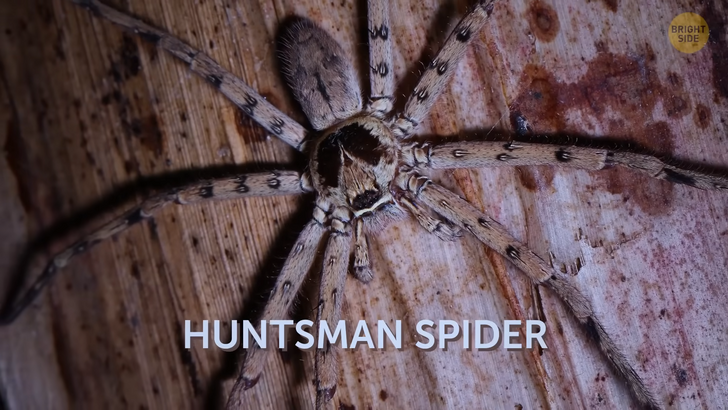
But although bugs in your home are mostly pests, some can actually be helpful. If you’re in Australia, it’s common to find a huntsman spider inside of your home. These guys are quite large, and it may appear scary. But they’re here to help, trust me! They are capable of living for two and a half years.
Some people even consider them to be a pet. Peacefully sleeping during the day, high on your wall in clear view, letting you know that they’re there for you, while out of reach causing you no harm. And as you go to bed at night, they provide their part of the rent. And get to work removing all the pesky bugs in your house.
As the huntsman moves towards your basement, it slowly tracks its unsuspecting prey, hiding within the shadows of your basement. The huntsman has decided that on today’s menu is the cockroach, one of its favorites. The roach awakes once it’s clear, knowing you’ve gone to bed. Then it struts towards the stairs full of confidence, hoping to find some of that sweet trash juice. But along its path, the huntsman waits. It’s an ambush!

The roach walks right into it, and the huntsman lunges out from its hiding spot. The roach is spooked and tries to get away! But the huntsman is one of the fastest spiders in the world. And within moments it shows the meaning behind the name huntsman. The huntsman is incredibly passive towards people and just loves to be in your house. If you try to remove them, they will flee and hide. They’re only aggressive if you force them into a corner.
All they want to do is be part of the family and be your exterminator, free of charge! If you’re unlucky and don’t have one of these great housemates, you may want to introduce one from the wild. But before going out and catching one, keep in mind there are 100 different species within Australia.
They vary in size and behavior. And some are a bit more social than others. The “Social huntsman” prefers to live within communities of up to 150! An extended family that hunts together and shares their food. So be cautious about which one you decide to bring into your home.











